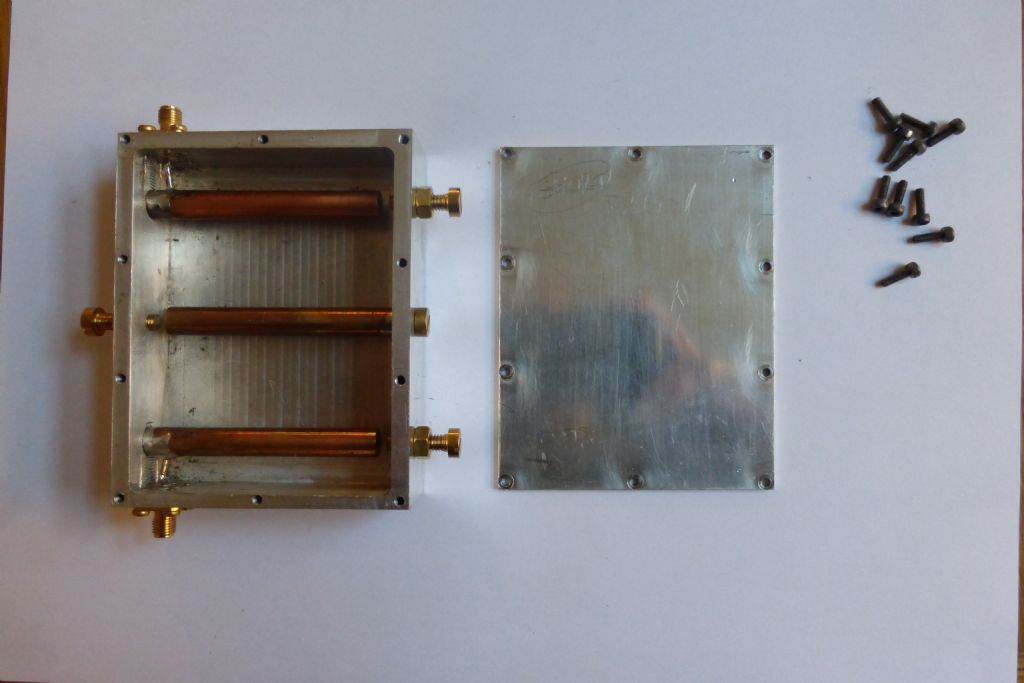Further to the excellent quidance from Russell:
For loss in synchronously tuned filters, in the time when I was (less) gainfully employed, a couple of extremely useful reference works were written by Seymour Cohn, specifically see ‘Dissipation Loss in Multiple-Coupled-Resonator Filters’, Proc. IRE August 1959 if you can find access.
I don’t now have access to my paper copy, but I remember something close to:
Filter loss in dB = 4.343*(reciprocal of fractional BW)*sigma(gi/Qi)
Where Qi is the Q factor of the i’th resonator, and gi is the normalised value of the i’th resonator (for the low pass prototype at a frequency of 1 radian/sec and impedance 1 ohm). I cannot remember whether the fractional BW relates to the half-sided BW or the full BW as a ratio of centre frequency.
But anyway, the passband insertion loss in dB is directly proportional to the inverse of the resonator Q factor (simplifying to assume the resonators are all the same). The stopband performace is not significantly affected by the Q factor.
Note that silver oxide is electrically conductive (hence silver use in switch contacts and general electronic use), but copper oxide is significantly less so, see use in copper oxide rectifiers, **LINK**
I agree that coat of lacquer will give much of the long-term benefit of silver plating
Martin
Edited By Martin Whittle on 26/03/2017 20:53:29
Ian S C.






